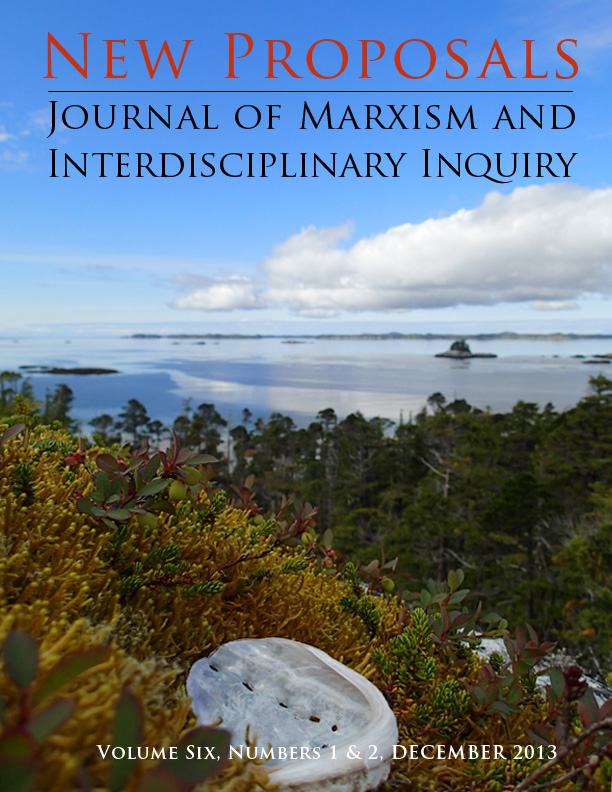Nature on the Move II: Contemplation Becomes Speculation
Keywords:
Nature, Conservation, Spectacle, Fetishism, GovernmentalityAbstract
As the second installation of this triptych, this essay addresses the broader historical trajectories and cultural manifestations of Nature on the Move. In it I argue that recent forms of nature for speculation are discursively and visually rooted in an older, and more widely recognized, nature for contemplation. As it emerged alongside the industrial revolution, nature for contemplation already embodied qualities amenable to the production of a moving commodity nature: forgetting, abstraction, reification, and exchangeability. At the same time, however, it was popularly presented as immutable, immovable, and beyond capitalist value production. It took a great deal of cultural and intellectual labor for this nature's proto-commodity qualities to be realized and presented as a fait accompli. This has been achieved in large part by the mediation of relationships by images, or what Guy Debord (1995[1967]) called spectacle. "As the indispensable decoration of objects as the are produced today," (ibid: thesis 15) spectacle provides the aesthetic articulation for what I call "eco-functional nature" -- a nature that appears as though it can be moved around to optimize ecosystem health and economic growth. Production of this seemingly unassailable vision happens at a diversity of interconnected sites, where it is also often vigorously opposed. These constitute the micro-political milieus of decentered and apparently unrelated struggles over what nature is and what nature will be.Downloads
Published
2012-11-24
Issue
Section
Special Theme Articles

